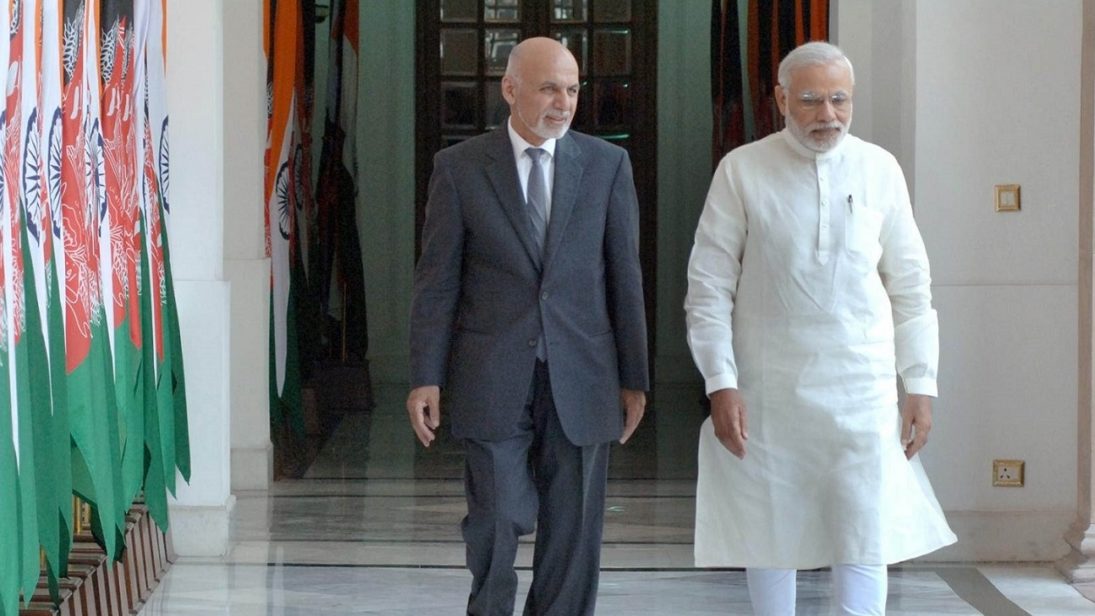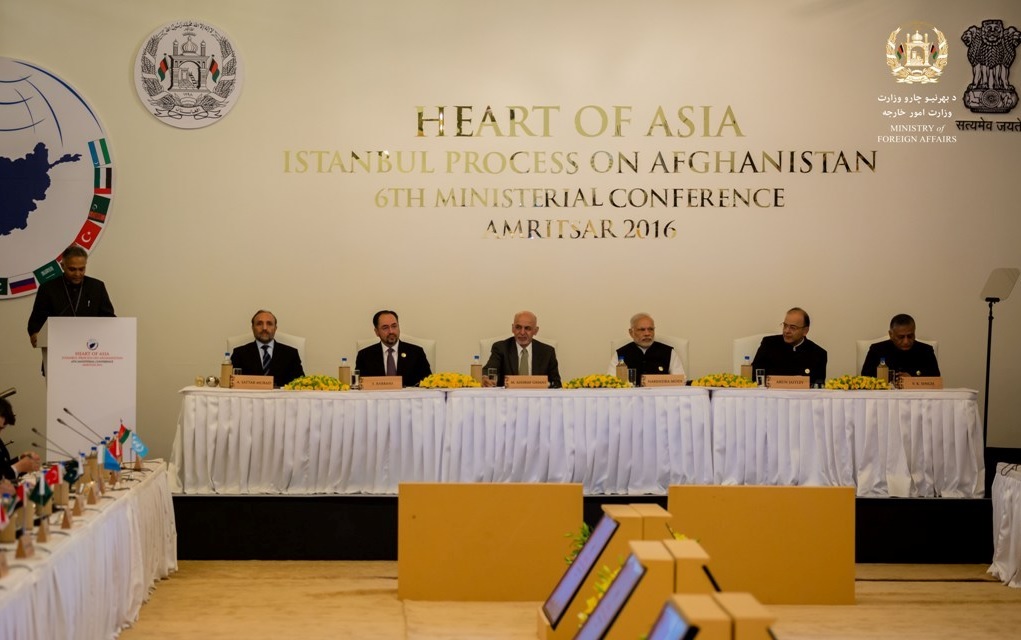
India’s interest in Afghanistan is generally seen as a product of the strategic rivalry between New Delhi and Islamabad. However, it’s much more than that—India sees enormous potential in growing trade with Afghanistan. This desire to increase economic ties was on display recently, at the Heart of Asia Conference-Istanbul Process, when Indian Prime Minister Narendra Modi and Afghan President Ashraf Ghani agreed to establish an air corridor for the easy transit of goods between the two countries. This announcement follows Pakistan’s refusal to provide a land passage for the transit of goods from Afghanistan to India. While the prospect of closer ties between India and Afghanistan makes Pakistan uneasy, the regional integration of Afghanistan is crucial for the safety and security of the region, as well as for economic development.
India-Afghanistan Air Link: Boosting Trade
The India-Afghan relationship, already a close one, has further strengthened under Modi. There have been various high-level bilateral meetings between the leaders of the two countries–Modi invited then-President Hamid Karzai to his swearing-in ceremony in May 2014, and later welcomed President Ghani on his first state visit to India in April 2015. He himself visited Afghanistan for the inauguration of the Salma Dam in June 2016, also called the Afghan-India Friendship Dam, one of many infrastructure projects India has helped build in the country.

This camaraderie was taken forward at the sixth Heart of Asia Conference, where discussion on the security and prosperity of Afghanistan and its connectivity with other nations was on the agenda. It was in September 2016, when President Ghani had visited India, that the idea of an air corridor had been proposed, and Ghani had also set a target of $10 billion for bilateral trade and investment with India in the coming five years. Three months later, on the sidelines of the Heart of Asia conference, New Delhi and Kabul announced they were considering plans for “a possible air corridor between India and Afghanistan to overcome obstacles to promotion of bilateral trade.”
The proposed corridor will provide Afghanistan, a landlocked country, greater access to markets in India, allowing it to leverage India’s economic growth and trade networks for its benefit. For India, the corridor will mean an easy way to reach markets not only in Afghanistan but also Central Asia.
Pakistan’s Reservations
The discussion on establishing an air corridor between Afghanistan and India seemingly began when Pakistan turned down the suggestion of including India in the Afghanistan-Pakistan Transit Trade Agreement (APTTA). Cutting through Pakistan would provide India with a shorter and more direct route to Afghanistan, which Islamabad is reluctant to provide. It views the growing closeness between Kabul and New Delhi as a threat, and believes that physically connecting them would put Pakistan in grave danger.
There are several reasons for Pakistan’s reluctance. First, Pakistan seems to be afraid that India will encircle it geographically, such as with the India-Iran-Afghanistan transit route linking Chabahar Port in Iran with India through Kabul, bypassing Pakistan altogether. Second, the India-Iran-Afghanistan route will physically connect India with Central Asia. But Islamabad sees this increased Indian presence in the Af-Pak region, its backyard, as a huge setback.
Though what Islamabad fails to understand is that if the Af-Pak region emerges as a trading and economic hub between Central Asia and South Asia, Pakistan can benefit as a major transit country. Therefore, providing land access between India and Pakistan would be to Pakistan’s advantage. India is aiming for more integration of Afghanistan with regional actors to enhance stability and security in Kabul and in turn, the entire region. This is especially because Afghanistan will undoubtedly play an essential role in enhancing economic cooperation between Central Asia and South Asia in years to come.
Conclusion
As the “heart” of the Heart of Asia initiative, Afghanistan is looking for support from all parties. For many years, it depended on Pakistan for transit, which gave Islamabad a say in Kabul’s political and economic matters. However, future connections with Iran and India via the transit corridor and air corridor will provide Afghanistan with more options. Such regional connectivity initiatives will also serve to boost Afghanistan’s economy, bringing stability not just to the country, but also the region.
***
Image 1: Flickr, Narendra Modi


